|
Written by Michelle Helman How can storytelling and dialogue be used as counter-disinformation tools? Ask the Communication Heroes. They are public servants at the Supreme Electoral Court of Costa Rica, professors from the Universidad Latina, professors and students from the University of Costa Rica, and Nicaraguan exiled journalists – all who recently participated in experiential learning workshops aimed to co-create new narratives and dialogue strategies, shift status-quo power dynamics, and build social trust and cohesion. The workshops were designed and facilitated by Michelle Helman - Specialist with the U.S. Department of State and World Learning U.S. Speaker Program, Independent Consultant, and Doctoral Fellow in Health & Peace Innovation at the University for Peace in Costa Rica. Together, we explored the following with curiosity, compassion, and courage - insights and photos shared with permission: Stories emerge and move through us in many forms with varied aims depending on context and culture. Often, the storyteller has an intention or need to convey important or unusual information, to persuade or manipulate, to share tools and concepts for learning, or as creative expression, and more. Reflect for a moment about a story you have recently encountered. What was your experience, how did you feel, and what did you learn? Who decides what ‘knowledge’ is true, real, or valid? In a world where social media, big tech, and Artificial Intelligence are increasing at an exponential rate of impact and use, countering disinformation is a significant challenge of our times. Racialized capitalism, white supremacist cis-heteronormative patriarchy, and ableist culture fuels polarization, fear, hate, harm, and violence. Burnout and trauma are significant symptoms of a broken system where disinformation and disconnection thrive. What is the way through? Key steps to determine credibility of news and narratives include going to the source, evaluating journalistic standards, verifying evidence, and checking with fact checkers, etc. (IREX). Storytelling and dialogue techniques offer additional tools for everyday use:
Go to the oak tree and ask for its story. Go to the river and ask for its story. Go to the goldenrod and ask without saying anything. Ask with your nose, your belly, your eyes. The answer won't always be words. Won't always be sound. Sometimes it will be a feeling in your body. - S. Strand, myco eco mytho GRACIAS & THANK YOU - Communication Heroes, workshop organizers, and partners: U.S. Department of State's Bureau of Educational and Cultural Affairs US Embassy in Costa Rica World Learning, Inc. Universidad de Costa Rica (UCR) UCR: Escuela de Ciencias de la Comunicación Colectiva (ECCC) Professor Alejandro Vargas Professor Mónica Quesada Radio Santa Clara Universidad Latina de Costa Rica Universidad Latina - Facultad de Arte, Diseño y Comunicación Colectiva Coordinator and Professor Nazira Castillo Supreme Electoral Court of Costa Rica - Tribunal Supremo de Elecciones de Costa Rica Nicaraguan exiled journalists’ group University for Peace #Security #Disinformation #storytelling #dialogue #facilitation #education #journalism #periodismo #media #news #democracy
0 Comments
Leave a Reply. |
AuthorHi, I'm Michelle, a Researcher & Facilitator playing in the nexus of health, justice, and peacebuilding. Archives
March 2024
Categories |
|
You have the answers - we help you find them!
Contact us to schedule your free discovery call today. |
© COPYRIGHT 2023.
ALL RIGHTS RESERVED |

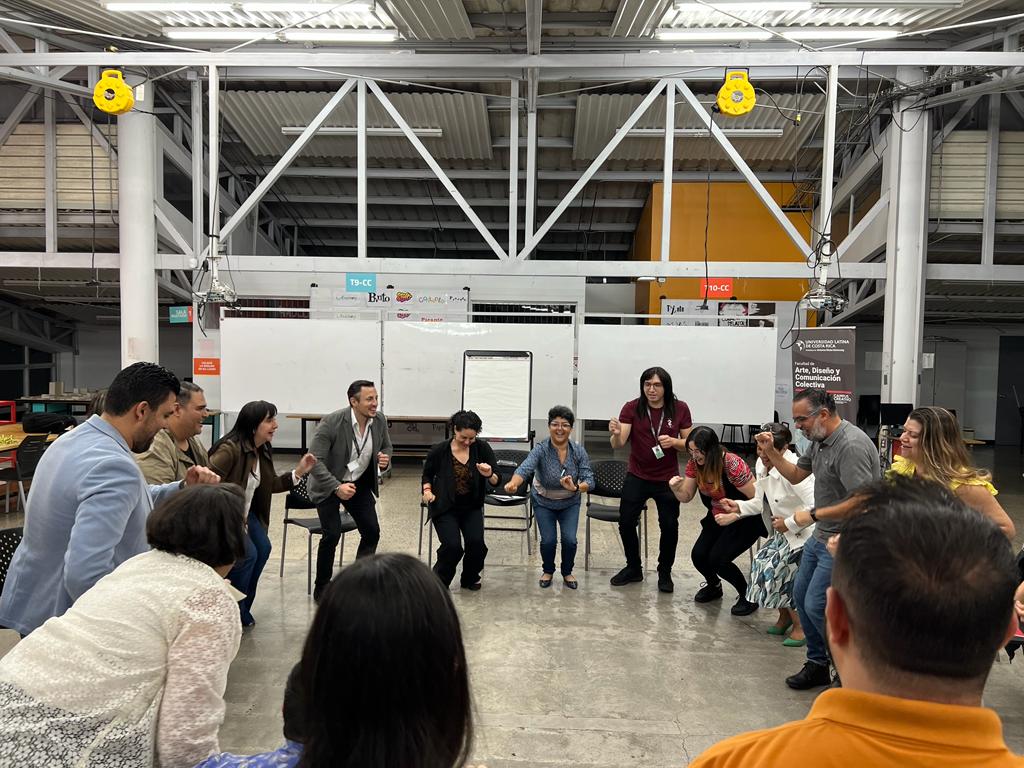
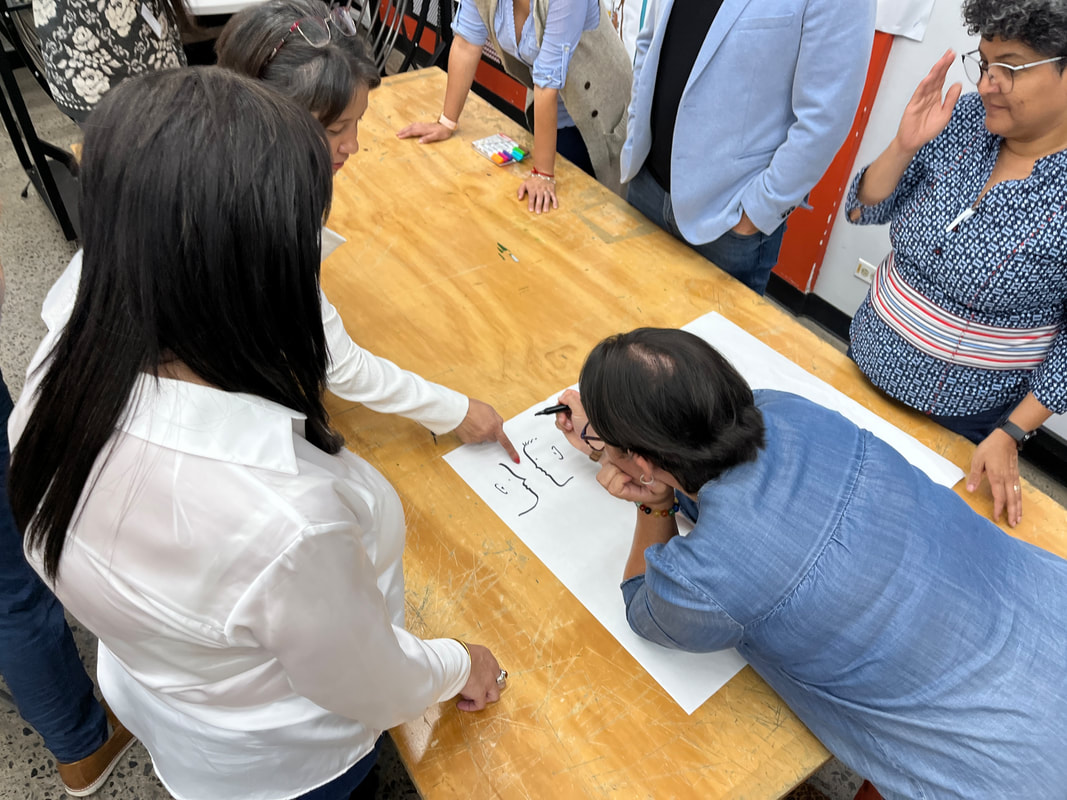
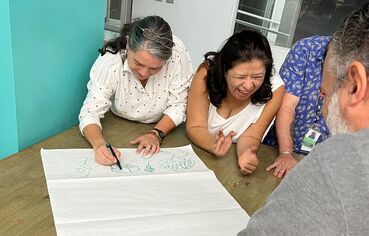
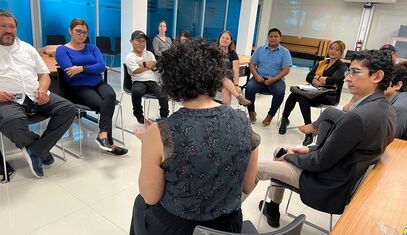
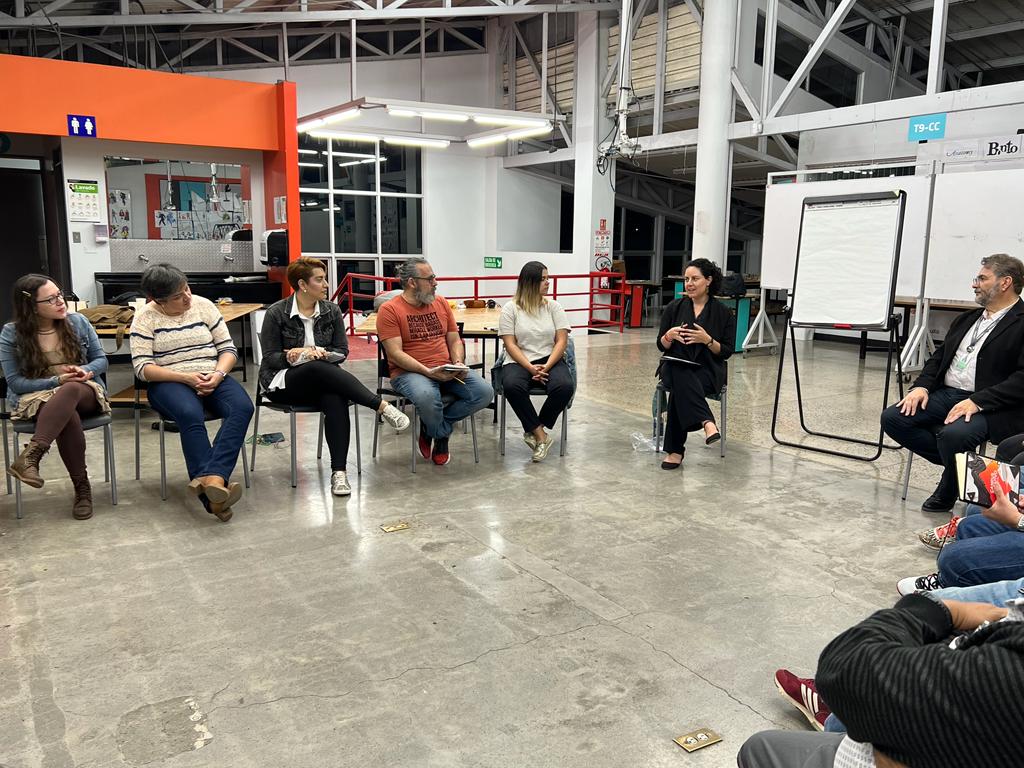
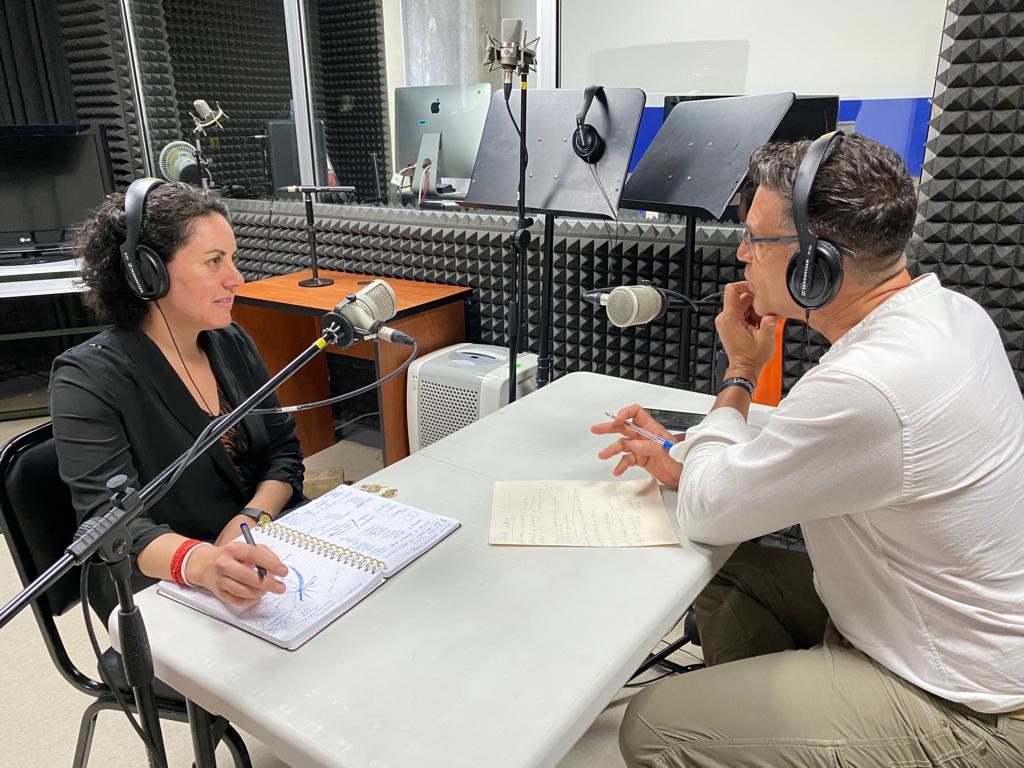
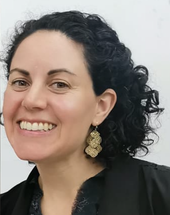
 RSS Feed
RSS Feed